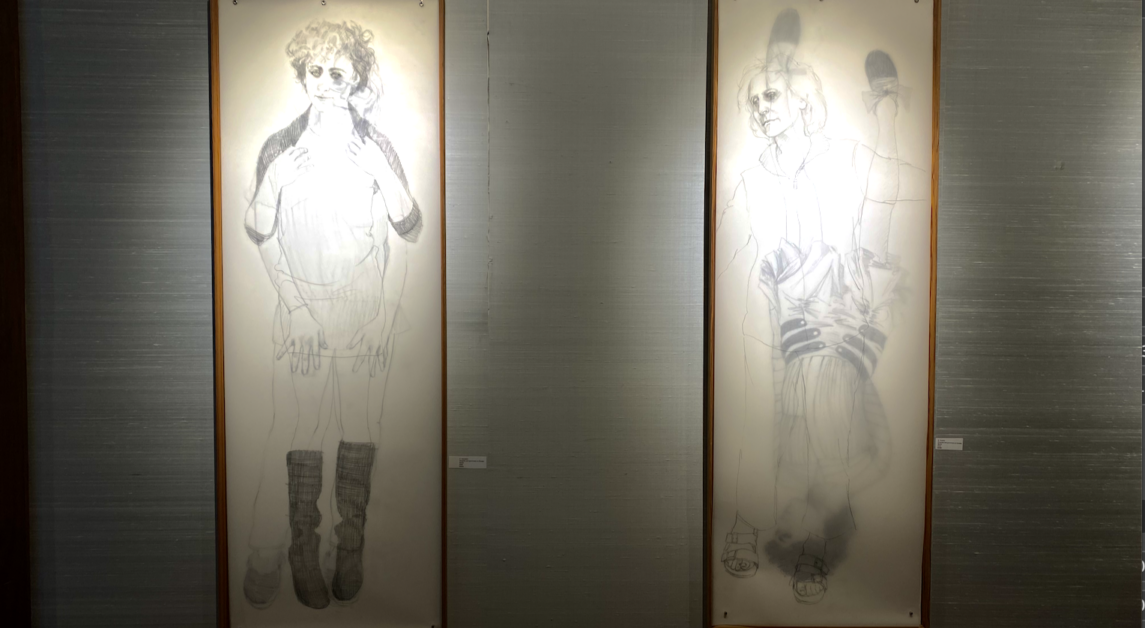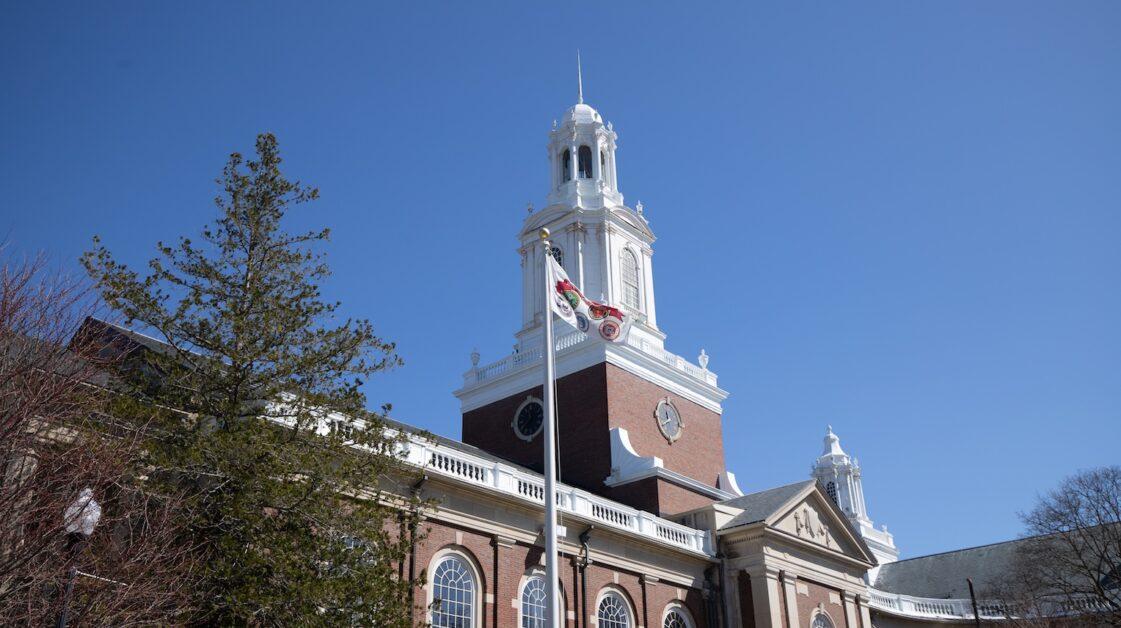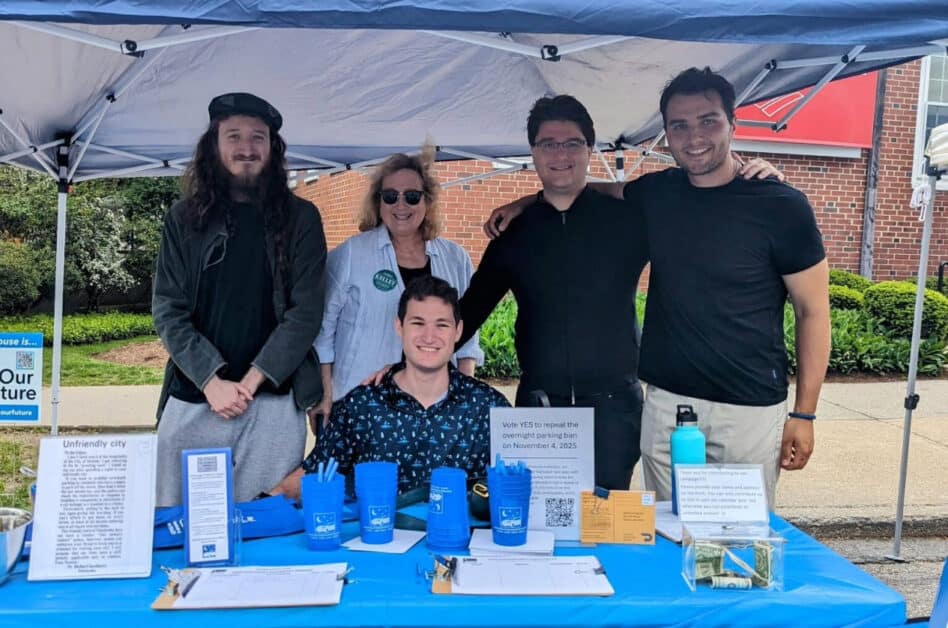For the fourth year in a row, the Boston Museum of Fine Arts (MFA) celebrated the Lunar New Year through a combination of free admission, shows, talks, and community building. This year’s celebration was the most successful thus far, bringing in 31 percent more visitors than last year’s event.
The idea for the celebration began when the MFA organizers decided that they wanted to bring in more cultures, according to Linda Apple, the director of volunteer and community engagement. Apple explained that the MFA had numerous free days throughout the year, including Columbus Day, Martin Luther King Day, and Memorial Day. Eventually Apple and her colleagues raised enough funding to add free museum days and events for the Lunar New Year, celebrated on Saturday, and the Persian New Year in March.
“We wanted to try and expand to make the museum more relevant to the Boston area,” Apple said.
This year’s celebration brought the Boston Chinatown Neighborhood Center (BCNC), Chinese Culture Connection, VietAid, and the Korean Cultural Society of Boston to the MFA to collaborate on many different types of events.
Children created works of art for the Community Arts Initiative, and museum-goers of all ages watched demonstrations, attended guided walks around the museum, and listened to talks about different cultural traditions.
Apple particularly enjoyed the Lion Dance and Vietnamese martial art demonstration, which were new this year.
“It was so lively and active and cool to watch,” Apple said.
Carolyn Muller, MCAS ’18 and frequent MFA patron, watched the Vietnamese martial arts demonstration for the first time at the MFA this year.
“It was surreal to experience in person,” Muller said. “I enjoyed trying to understand the meanings of different dances, among men and women themselves and as separate groups. The fast-paced change of hands between each performance was seamless, and overall it was absolutely breathtaking.”
Due to the high number of attendees, some events, such as the Lion Dance and “Celebrating Tet, the Vietnamese Lunar New Year” talk required free tickets. The Tet talk featured Boston College School of Social Work’s Tran V. Thanh, who spoke about how Tet is celebrated across generations and from coast to coast in an interactive roundtable discussion, according to MFA.org.
Apple also enjoyed that the museum featured the option to practice meditation if museum goers were looking for a quiet space, which was difficult to find at such a popular celebration. Visitors of all ages attended the events, including a high number of children who enthusiastically engaged in activities such as SaeBae, where they participated in traditional Korean bowing, and a greeting ceremony practiced in Korea during the New Year, which was hosted by the Korean Cultural Society, according to MFA.org.
The goal of the day, according to Apple, is to make events available to multigenerational audiences.
Although less interactive, the museum did offer some more education-style talks throughout the day, hosted by VietAid. Apple credits the work of the partner organizations to the day’s ultimate success.
“Our success is due to their hard work and dedication,” Apple said. “We can only do so much on our own. We really have to work with others to make this thing happen. We do a fantastic job of social media but we rely on our partners to help spread the word. That’s why [the event] has grown.”
Apple noted that the events of the day bring together people who celebrate the holiday, and people who simply want to learn more about the culture. But even with a straightforward goal, this process takes months to plan. Pamphlets, for example, must get translated into different languages so that patrons of all cultures are able to participate in the events. Some of the events, according to the museum’s website, were available in American Sign Language.
“The hardest part was managing crowds and expectations,” Apple said. “We never have enough staff. We need people to work and volunteer.”
Apple and her team’s ultimate goal is to equally represent Chinese, Vietnamese, and Korean cultures equally for the Lunar New Year. If the museum is able to acquire adequate funding, they hope to expand beyond Boston and bring in performers from other cities such as New York.
“We want to do more programming,” Apple said. “We want to give ourselves time.”
Featured Image by Laura Galligan / Heights Staff













